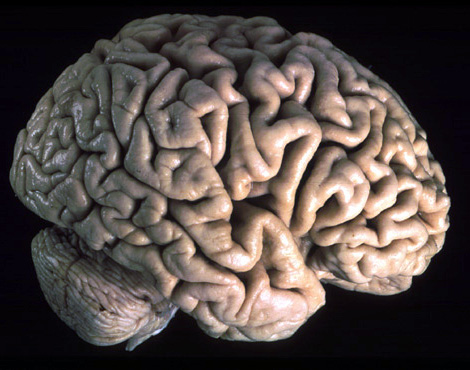
The Neuroscience of
Dreaming
and Other Altered States
Basic Structural Anatomy of the Brain
The enormous number of neurons and neural connections are not the only way in which the brain exhibits complexity. Brain tissue is highly differentiated into the frontal, temporal, parietal , and occipital lobes of each hemisphere of the cerebral cortex, as well as a vast array of subcortical structures.

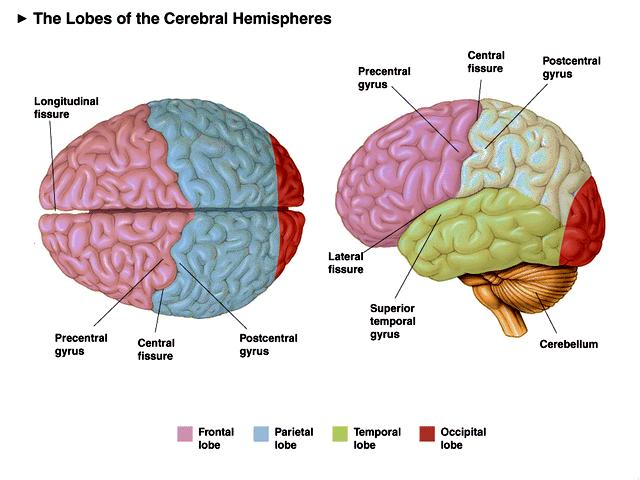

Basic Functional Anatomy of the Brain
Studies of brain-damaged patients, and more recent brain imagining technologies such as MRIs and PET scans, have enabled scientists to identify particular areas of the brain with specific functions, including sensory processing, regulation of movement and other bodily processes, and higher level cognitive processes.
/Esoter61.gif)
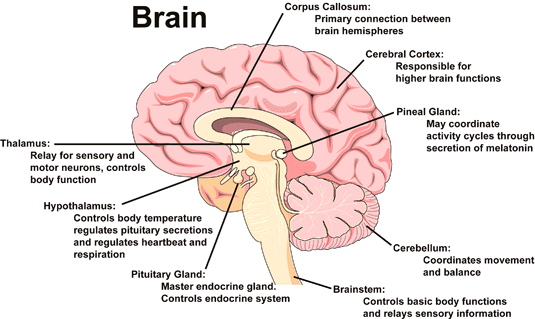
/Pathways.jpg)
The Recticular Activating System (RAS)
The recticular activating system is a set of structures located in the brain stem that project to the cerebral cortex, and regulate arousal, consciousness, and unconscious states, including waking, dreaming, and dreamless sleep.
/Altere78.gif)
/RAS%202.gif)
/wpe21999.jpg)
/Dreams.gif)
Neurotransmitter Pathways Involved in
The Waking-Dreaming-Dreamless Sleep Cycle
In eight hours of sleep we cycle through states of REM (Rapid Eye Movement) sleep in which dreaming occurs and NREM (dreamless) sleep. These states can be identifed by the electrical patterns recorded by the EEG (electroencephalograph).
/Sleep.jpg)
/REM.gif)
EEG patterns (in Dutch) of waking, four stages of dreamless sleep, and REM sleep
According to Hobson, the recticular activating system is the site of a struggle between two rival neurotransmitter pathways that project to the cerebral cortex: the cholinergic pathways, which release the neurotransmitter acetylcholine, and the aminergic pathways, which release the neurotransmitters serotonin and noradrenalin. During waking hours as well as dreamless sleep, the aminergic pathways are dominant, suppressing the activity of the cholinergic pathways. As REM sleep approaches, however, the aminergic pathways are turned off allowing the cholinergic pathways to become disinhibited. Cholinergic neurons in the brainstem begin firing in regular waves, in the process stimulating the visual cortex as well as other areas involved in visual processing. By means of such neuromodulation (the M in the AIM model), the brain generates its own rather chaotic imagery. In other words, imput is internal, originating in the brain rather than the outside world (the I in the AIM model). The deactivation of the the aminergic pathways is also responsible for our difficult in remembering our dreams, as well as abrupt shifts in the scene of dream action, since serotonin and noradrenalin are responsible for fixing memory, probably in protein chains.
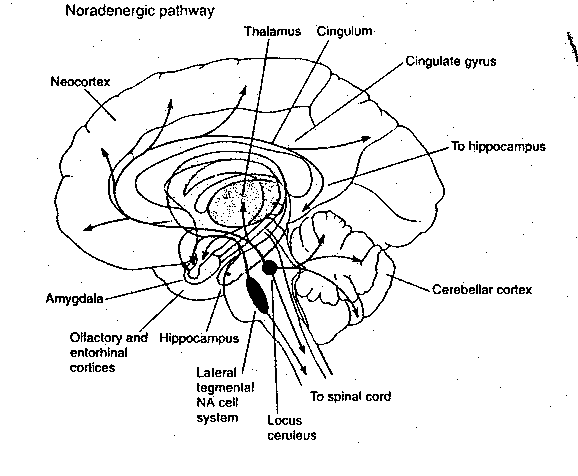
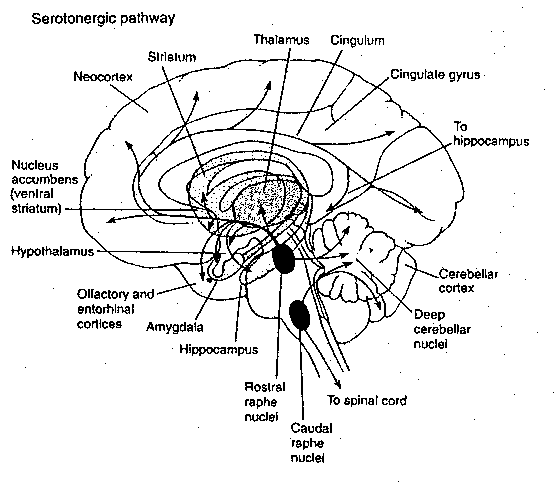
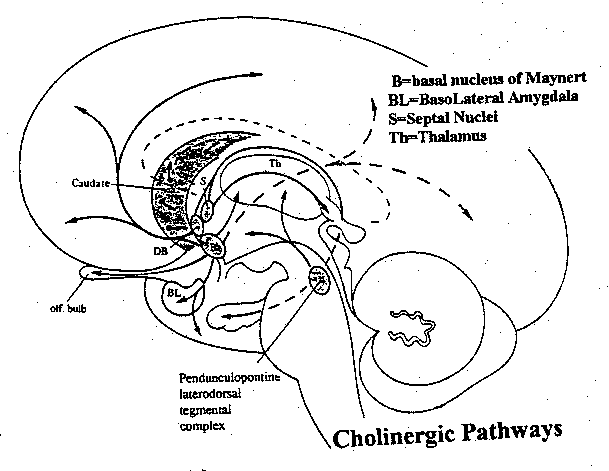
/Altere511.jpg)
/hobson07.jpg)
According to Hobson, higher lever processes taking place in the forebrain, i.e. the various lobes of the cortex, are responsible for shaping the chaotic imagery generated by the brainstem into the partially coherent stories we know as dreams. In order to perform this function, the brain must be able to access a great deal of information, including sensory associations, motor impulses, linguistic structures, emotions, and memories. This ability indicates a high level of neural activation (the A in the AIM) model.
Hobson's Activation-Input-Modulation (AIM) Model
/hobson08.jpg)
/hobson00.gif)
/hobson09.jpg)
/hobson0A.jpg)
/hobson0D.jpg)
Hobson uses these simple diagrams to map the state-space that the brain is capable of occupying. The state-space is defined by three axes, one of Activation, one of (neuro)Modulation, and one of Imput. Time is a fourth axis which cannot be represented in a two-dimensional sketch. Every point within the cube defined by the three represented axes is a state that the brain can exhibit. Each state in turn is a particular combination of level of Activation, direction of Input (internal or external), and the (neuro)Modulation which controls, among other factors, presence or absence of memory. The diagrams show waking consciousness, drowsiness, REM sleep, NREM sleep, and "hallucinosis" (hypnogogic and hypnopompic imagery) as specific points in state-space. In the course of a 24 hour period, the point in state space that one's brain occupies shifts along the unrepresented time axis, as we enter various states of consciousness, including its absence in dreamless sleep.
Hobson's state-space model provides a way of understanding the shifts in conscious awareness that we undergo in ordinary life, as well as the more dramatic shifts that occur in shamanic trance and other extraordinary altered states.
Reading